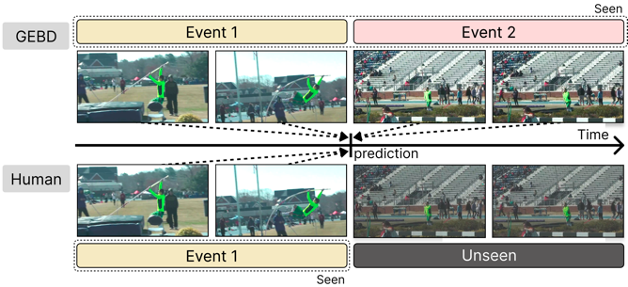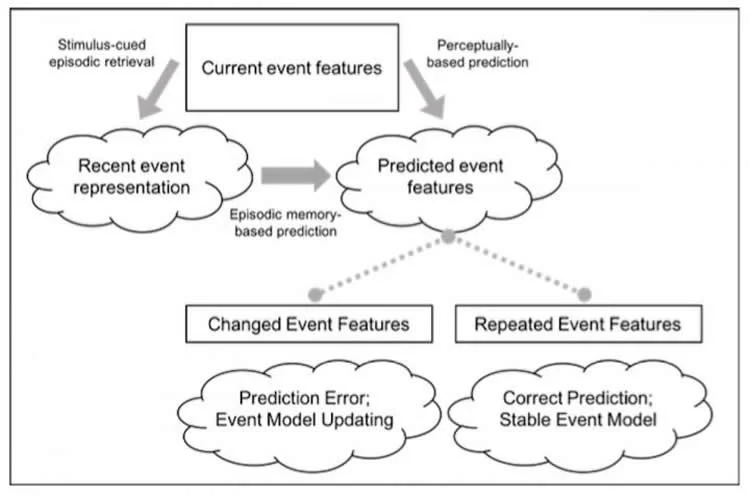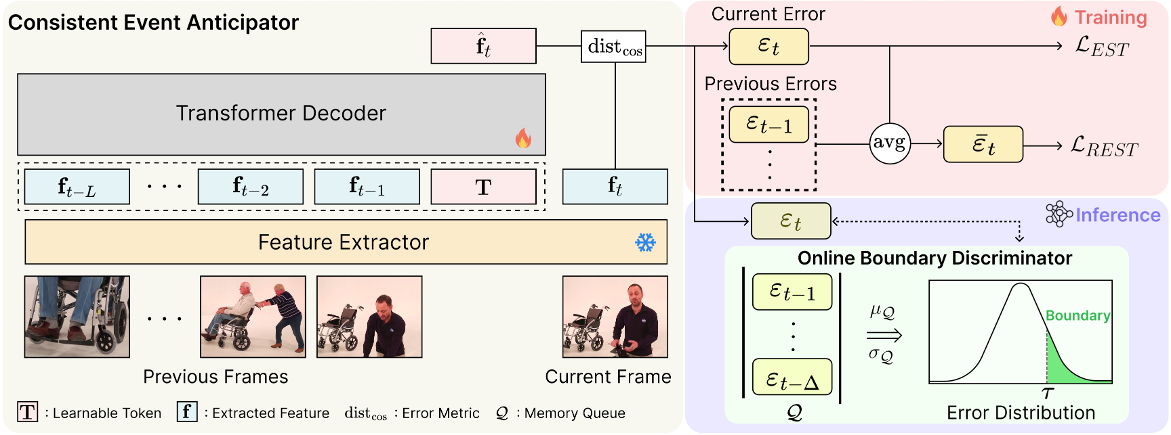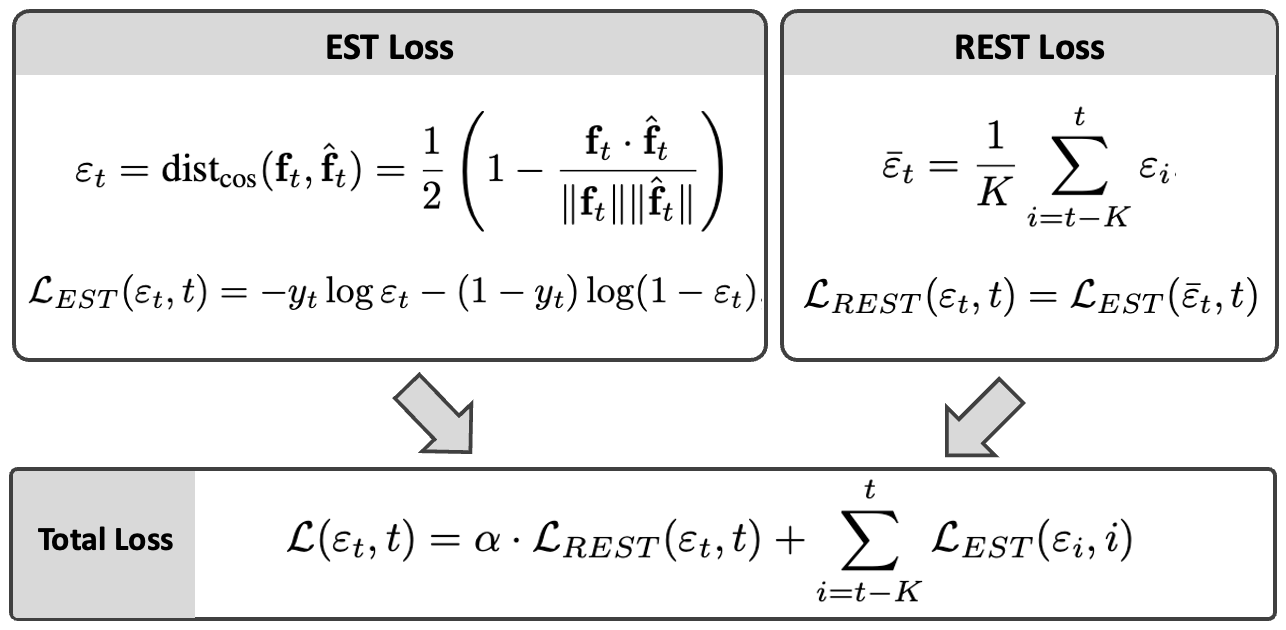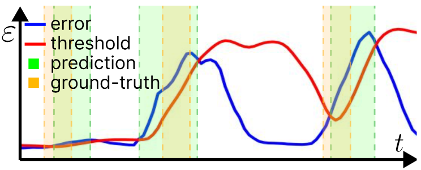Generic Event Boundary Detection (GEBD) aims to interpret long-form videos through the lens of human perception.
However, current GEBD methods require processing complete video frames to make predictions, unlike humans processing
data online and in real-time. To bridge this gap, we introduce a new task, Online Generic Event Boundary Detection
(On-GEBD), aiming to detect boundaries of generic events immediately in streaming videos. This task faces unique
challenges of identifying subtle, taxonomy-free event changes in real-time, without access to future frames.
To tackle these challenges, we propose a novel On-GEBD framework, ESTimator, inspired by Event Segmentation
Theory (EST) which explains how humans segment ongoing activity into events by leveraging the discrepancies between
predicted and actual information. Our framework consists of two key components: the Consistent Event Anticipator (CEA),
and the Online Boundary Discriminator (OBD). Experimental results demonstrate that ESTimator outperforms all baselines
adapted from recent online video understanding models and achieves performance comparable to prior offline-GEBD methods.
